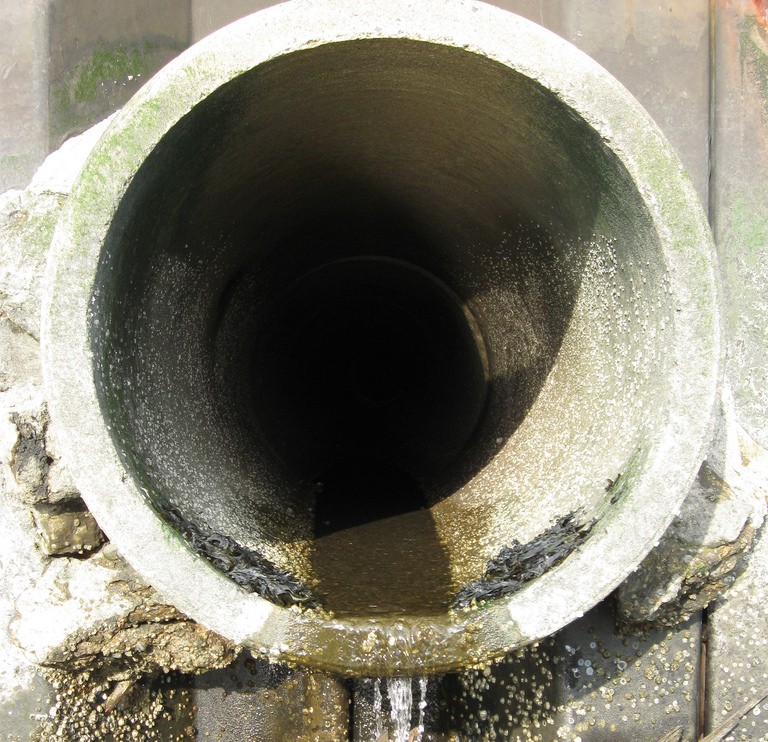The Government of Ontario has released its new environment plan, which outlines its intentions to improve water quality and manage climate change.
“This plan strikes the right balance between a healthy environment and a healthy economy,” said Rod Phillips, Minister of the Environment, Conservation and Parks. “It contains solutions that will protect our air, land and water, reduce waste, address litter, increase our resilience to climate change, and help us all do our part to reduce greenhouse gas emissions.”
Titled, Preserving and Protecting our Environment for Future Generations: A Made-in-Ontario Environment Plan, it was designed to help protect Ontario’s natural environment. The new plan is posted on the Environmental Registry for public input for 60 days.
The government has also said that the plan includes robust transparency measures to ensure the public has real-time information about monitoring, incidents, and enforcement activities.
“While previous Liberal governments ignored raw sewage overflows, we will take action to ensure that water sustainability and security are apparent through transparent, real-time monitoring of waste and stormwater,” said Phillips at a press conference.
LIVE: Minister Phillips announces new Made-in-Ontario environment plan. https://t.co/H318eAO8Zl
— Rod Phillips (@RodPhillips01) November 29, 2018
In the recent report from the Environmental Commissioner of Ontario (ECO), it was detailed how deliberate gaps in provincial policy and enforcement have permitted the flow of raw municipal sewage into provincial waterways, despite laws expressly forbidding such discharges.
“It was really appalling to find out that were 1,327 times, last year alone—that we know of, where municipalities discharged raw sewage directly into lakes and rivers,” said Environmental Comissioner, Dianne Saxe in a webinar earlier on the same day that Phillips released the new environment plan. The consequences of the failures in the regulatory and enforcement regimes are piling up, she said. “The law says that it is illegal to put contaminants into water, so why is it happening year after year after year?”
Further, Saxe’s office found that of the municipalities is still hold outdated infrastructure that makes combined sewer overflows more likely few are taking any additional measures to manage the discharge of contaminants.
As to Saxe’s insight on what actions the current Ontario government will take to remedy such the issues presented in the report: “There wasn’t any specific commitment to do anything.”
“We will consider how wastewater and stormwater financing could be updated to improve investment and support new and innovative technologies and practices,” states the new plan.
Other measures within the environment plan include mechanisms that intend to promote environmental measures by encouraging resourcefulness and creativity in the private sector, while reducing taxes and red tape. Further, the government intended its plan to encourage meaningful local environmental action through initiatives like a new province-wide day of action to fight litter and through partnerships with independent organizations, such as Ducks Unlimited and the Ontario Federation of Anglers and Hunters.
The plan addresses action on the Canada-Ontario Great Lakes Agreement and the Canada-Ontario Lake Erie Action Plan, along with other water quality issues, but it includes no specific provisions for how the current government will support these endeavours, through financing or otherwise.
Broadly, the plan outlines that it will be implemented through the following actions:
- Continue to consult with the public and engage with Indigenous communities;
- Establish an advisory panel on climate change;
- Begin implementing priority initiatives; and
- Measure and report on progress.
The commitments made in the plan were met with scepticism in some quarters. “This plan reverses years of progress and erases popular programs that led to economic growth and cleaner air for Ontarians,” said Robin Edger, Ontario director at the Pembina Institute, in a statement following the plan’s announcement.









